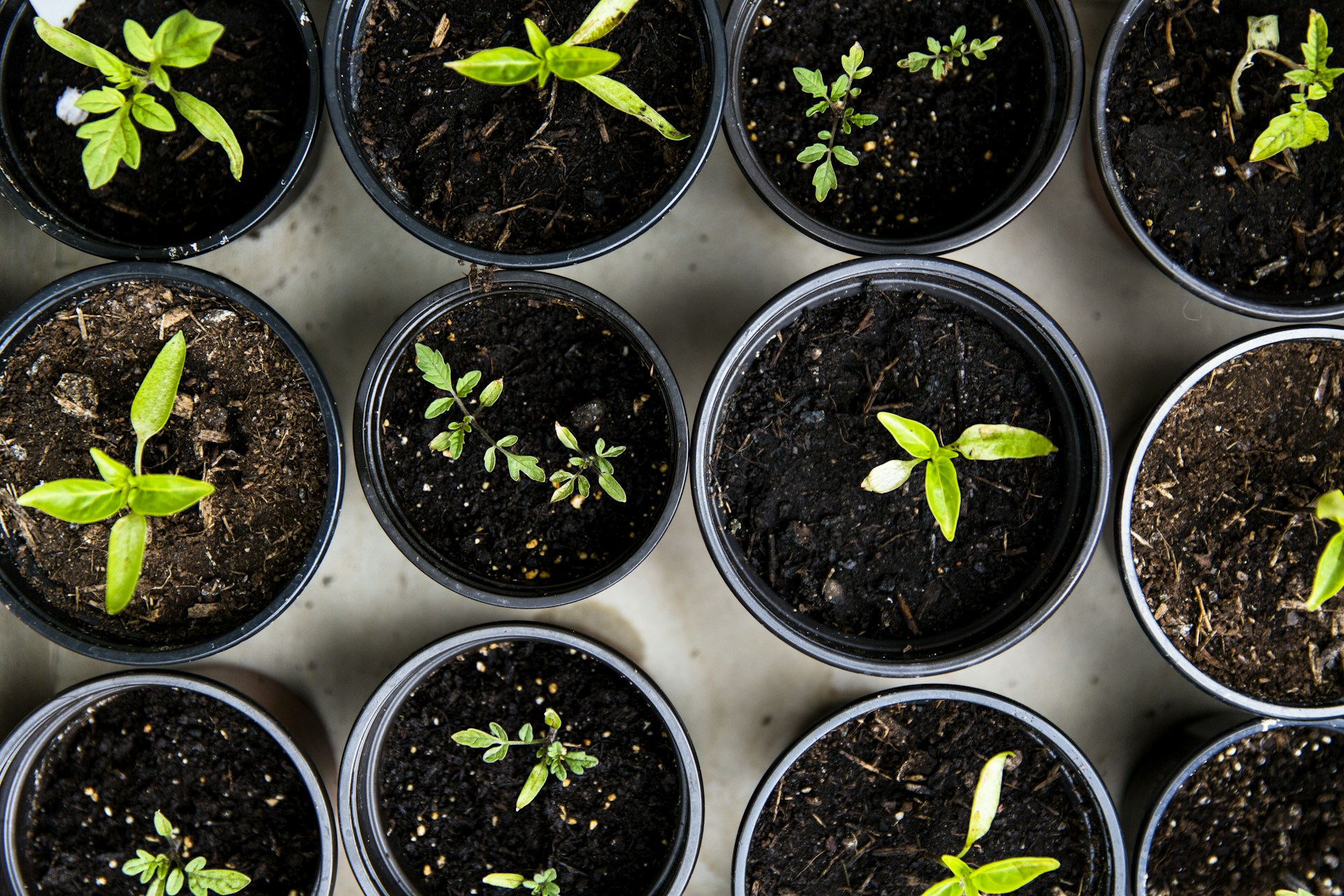
Composting at Home: Turning Waste Into Garden Gold
Discover how to start composting at home with simple tips for turning kitchen and yard waste into nutrient-rich soil. Learn what to compost, how to do it indoors or outdoors, and how composting supports sustainable gardening.
SUSTAINABLE GARDENING
P & P
6/26/20252 min read


Composting at Home: Turning Waste Into Garden Gold
Learn how to compost kitchen and yard waste to enrich your soil and reduce landfill use.
Disclosure: As an Amazon Associate, I earn from qualifying purchases. Some of the links in this post may be affiliate links, which means I may earn a small commission at no extra cost to you.
Composting is one of the most powerful ways to nourish your garden—and the planet. By turning kitchen scraps and yard waste into rich, dark soil, you’re creating a full-circle system that feeds your plants, reduces landfill waste, and supports a healthier environment.
The best part? Anyone can do it. Whether you have a backyard, a balcony, or just a countertop, composting at home is simple, affordable, and deeply rewarding.
Here’s everything you need to know to get started turning waste into “garden gold.”
🌱 Why Composting Matters
When organic waste like food scraps ends up in landfills, it decomposes without oxygen—releasing methane, a potent greenhouse gas. But when composted properly, that same waste becomes a nutrient-rich soil amendment that improves water retention, boosts plant health, and reduces the need for chemical fertilizers.
In short: composting turns trash into treasure.
🥕 What You Can and Can’t Compost
Knowing what to toss in (and what to leave out) is key to healthy compost.
✅ Green materials (high in nitrogen):
Fruit and veggie scraps
Coffee grounds and filters
Tea bags (no plastic mesh)
Grass clippings
Fresh garden trimmings
✅ Brown materials (high in carbon):
Dry leaves
Shredded paper or cardboard
Sawdust (from untreated wood)
Egg cartons (paper type)
Straw or hay
❌ Avoid composting:
Meat, dairy, or oily foods (they attract pests and smell)
Pet waste
Glossy/coated paper
Diseased plants or chemically treated grass
Synthetic materials like plastic or metal
🧪 Tip: Aim for a 2:1 ratio of browns to greens to keep your compost balanced and odor-free.
🪴 How to Compost at Home (Step-by-Step)
Whether you have outdoor space or need a small indoor setup, here’s how to start:
🏡 Outdoor Composting (Backyard or Garden):
Choose a spot with good drainage and airflow
Layer browns and greens, starting with coarse material at the bottom
Keep it moist—like a wrung-out sponge
Turn regularly (every 1–2 weeks) to aerate and speed decomposition
In 2–6 months, your compost will turn dark, crumbly, and earthy-smelling—ready to use
🧺 Indoor Composting (Apartment-Friendly):
Use a kitchen compost bin with a charcoal filter for scraps
Transfer to a worm bin, bokashi system, or community compost drop-off
If space allows, try a tumbler composter on a patio or balcony. As mentioned in our other blog articles we use the VIVOSUN composter https://amzn.to/40r0hkz, super easy to set up and produces black gold from your scraps.
🌿 Worm composting (vermicomposting) is especially great for small spaces—worms do the work and leave behind nutrient-rich castings.
🌼 How to Use Your Finished Compost
Once your compost is ready, you can use it in a variety of ways to support healthy, thriving plants.
In the garden:
Mix into flower beds or veggie plots
Add to planting holes for shrubs and trees
Top-dress around perennials or fruit bushes
In containers:
Blend with potting soil for nutrient boost
Sprinkle on top of indoor plants as a slow-release feed
In lawns:
Rake a thin layer over grass to improve soil and water retention
🌻 Bonus: Homemade compost improves plant immunity, reduces runoff, and encourages beneficial soil life like earthworms and microbes.
🌍 Composting Is a Simple Way to Live Sustainably
Composting doesn’t just reduce waste—it builds soil, strengthens your garden, and reconnects you with the cycles of nature. Whether you’re growing tomatoes or tending houseplants, composting is an act of care—for your plants and the planet.
Start small. Stay curious. And remember: every banana peel and handful of leaves brings your garden one step closer to thriving, naturally.
